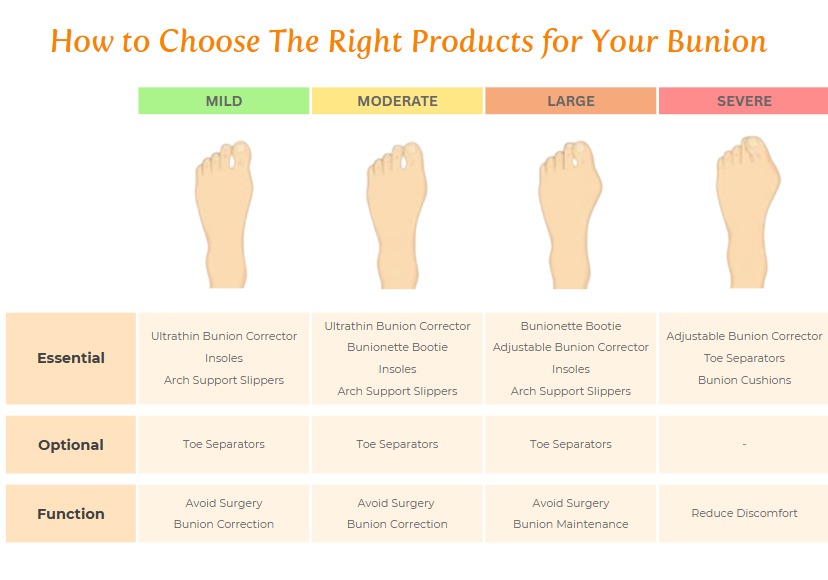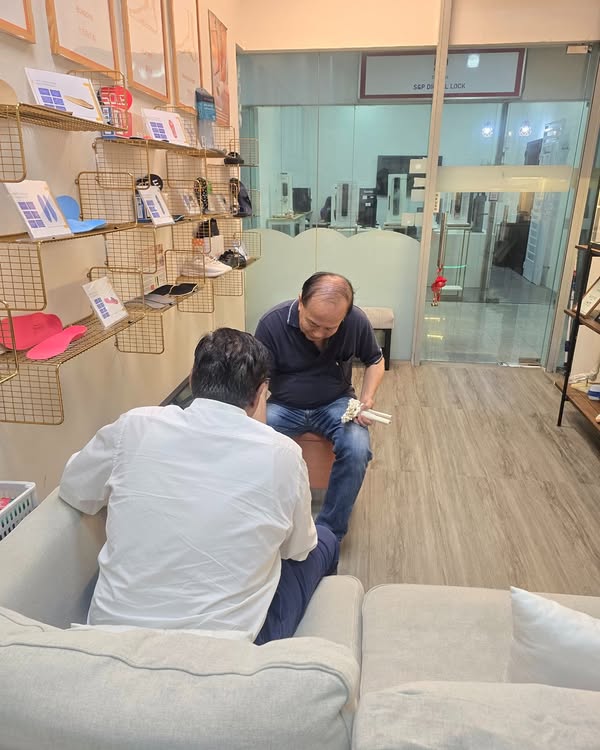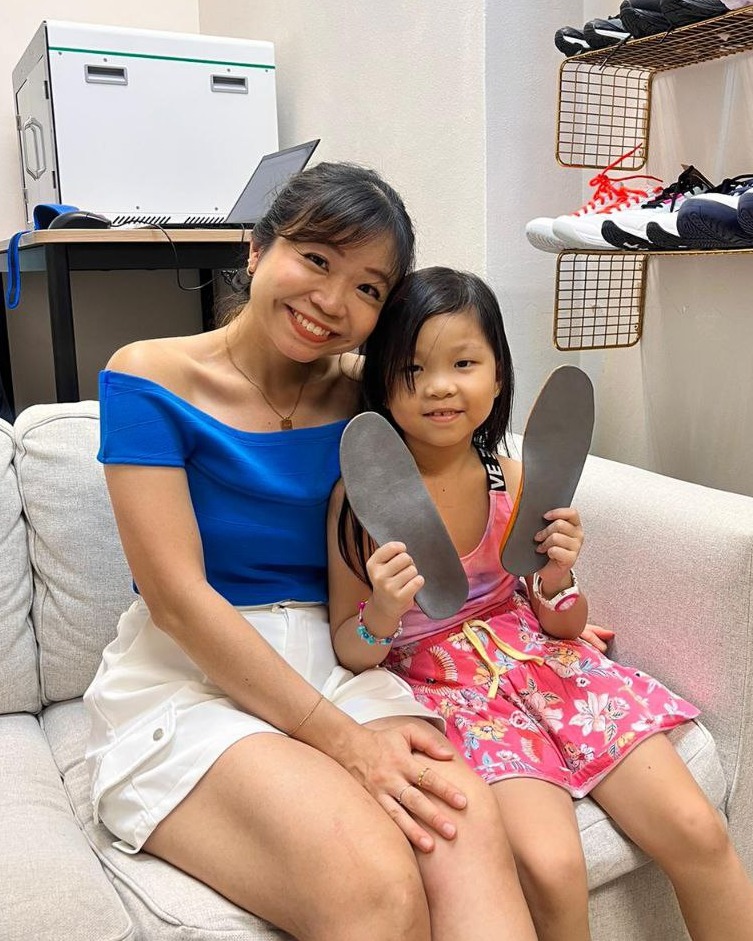
Bunion Treatment Singapore: Comprehensive Guide to Managing Hallux Valgus
What Is a Bunion?
A bunion, medically known as hallux valgus, is a bony bump that forms at the base of your big toe. It develops when the first metatarsal bone turns outward while the big toe turns inward, creating a visible protrusion. Bunions can be painful, limit your choice of footwear, and affect your daily mobility. In Singapore, the demand for bunion treatment Singapore has grown significantly due to increased awareness and the availability of both conservative and surgical options.
Why Bunion Treatment in Singapore Matters
It’s important to highlight what options are available for bunion treatment Singapore. Many patients here suffer in silence, unaware of the full range of available solutions—from orthotic correctors to minimally invasive surgery. Seeking professional care early can prevent progression and reduce the need for surgical intervention.
Causes and Risk Factors
- Genetics (family history of bunions)
- Flat feet or overpronation
- Wearing narrow, tight, or high-heeled shoes
- Arthritis, especially rheumatoid arthritis
- Long periods of standing or walking
Common Symptoms of Bunions
- A bulging bump at the base of the big toe
- Swelling, redness, or soreness around the joint
- Restricted movement of the big toe
- Calluses or corns from overlapping toes
- Persistent or intermittent pain when walking
Bunion Treatment Options in Singapore
1. Non-Surgical Bunion Treatments
Many patients prefer to start with non-invasive options. These include:
a) Orthotic Insoles and Arch Supports
Customised or over-the-counter orthotics can help redistribute pressure, support your arch, and improve walking alignment.
b) Bunion Correctors and Splints
Worn at night or during the day, these devices gradually realign the toe and relieve pressure. While they don’t “cure” bunions, they can ease symptoms.
c) Footwear Modifications
Wearing wide-toe box shoes, soft soles, and avoiding heels can drastically reduce irritation and pain.
d) Anti-Inflammatory Medications
NSAIDs like ibuprofen may relieve pain and inflammation in mild cases.
e) Physical Therapy
Stretching and strengthening exercises improve foot alignment and reduce tension in the toe joint.
Learn more about custom insoles in Singapore
2. Minimally Invasive Bunion Surgery (MIS)
If conservative treatments fail, bunion surgery may be recommended. In Singapore, MIS techniques have gained popularity due to their shorter recovery time and reduced scarring.
Common surgical procedures:
- Scarf Osteotomy – Realignment of the metatarsal bone
- Chevron Osteotomy – For mild to moderate deformities
- Lapiplasty – Realigns the bones in three dimensions
Key benefits of MIS in Singapore:
- Minimal incisions (3-5mm)
- Faster healing
- Less post-op pain
- Reduced downtime (2–4 weeks before resuming daily activities)
Where to Get Bunion Treatment in Singapore
Here are a few reputable options to consider:
Podiatry Clinics
- East Coast Podiatry
- The Foot Practice
- Chiropodist Singapore
Orthopaedic Specialists
- National University Hospital (NUH)
- Singapore General Hospital (SGH)
- Mount Elizabeth Orthopaedic Group
- Singapore Orthopaedic Association
How Much Does Bunion Treatment Cost in Singapore?
| Treatment Type | Estimated Cost (SGD) |
|---|---|
| Consultation & X-ray | $80 – $180 |
| Custom Orthotics | $250 – $600 |
| Bunion Splints/Correctors | $30 – $150 |
| Physical Therapy (per session) | $100 – $150 |
| Minimally Invasive Surgery | $6,000 – $12,000 |
Note: Costs may vary depending on clinic, complexity, and insurance coverage.
Prevention Tips for Bunions
- Choose shoes with a wide toe box
- Use arch supports if you have flat feet
- Avoid high heels for extended periods
- Maintain a healthy weight
- Stretch your toes and foot regularly
Frequently Asked Questions (FAQs)
Q1: Can bunions go away on their own?
A: No, bunions do not go away without treatment. Conservative methods can slow progression, but surgery is the only permanent fix.
Q2: Are bunion correctors effective?
A: Bunion correctors do not reverse the deformity but help reduce pain, improve alignment temporarily, and slow progression.
Q3: Is surgery safe?
A: Yes, bunion surgery is considered safe, especially with modern minimally invasive techniques. Discuss risks and benefits with a specialist.
Q4: How long is the recovery period?
A: Recovery ranges from 2–6 weeks for MIS. Full recovery can take 2–3 months depending on the severity and post-op care.
Real Stories: Singaporeans Share Their Bunion Journey
Case Study: 45-year-old office worker had severe bunions affecting daily walking. After trying arch supports and custom insoles, she eventually opted for minimally invasive surgery. Post-recovery, she reports zero pain and improved quality of life.
“Don’t wait until the pain is unbearable. Early treatment changed everything for me.”
When to See a Specialist
See a podiatrist or orthopaedic specialist if:
- Your bunion is growing or becoming more painful
- You experience difficulty walking
- You cannot find shoes that fit comfortably
- Conservative treatments no longer work
Final Thoughts: Take Control of Your Foot Health
Whether you’re just starting to feel discomfort or have been living with bunions for years, there are effective bunion treatment options in Singapore for every stage. From conservative care like orthotics and bunion correctors, to minimally invasive surgery, help is available.
Call to Action
👉 Don’t let bunions hold you back. Book a free foot scan or visit us to explore the best non-surgical methods tailored to your needs.



